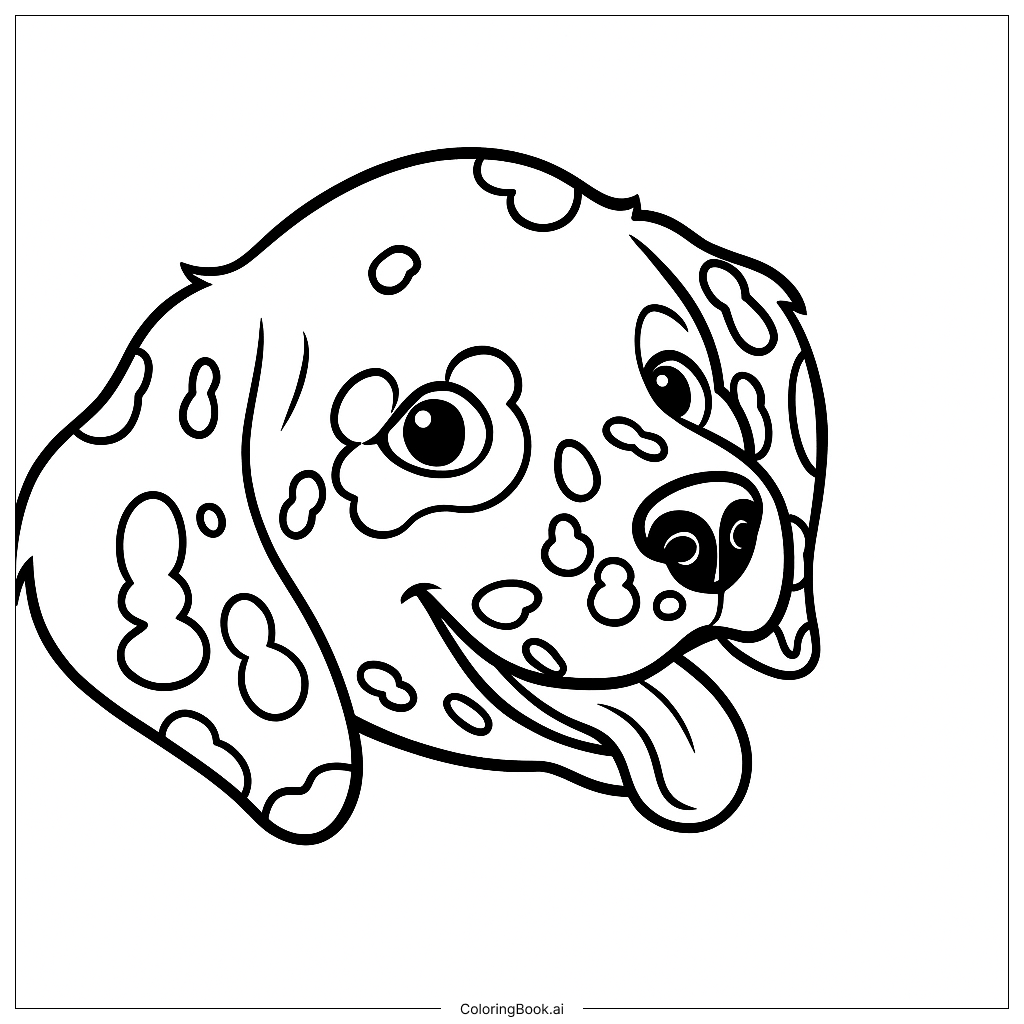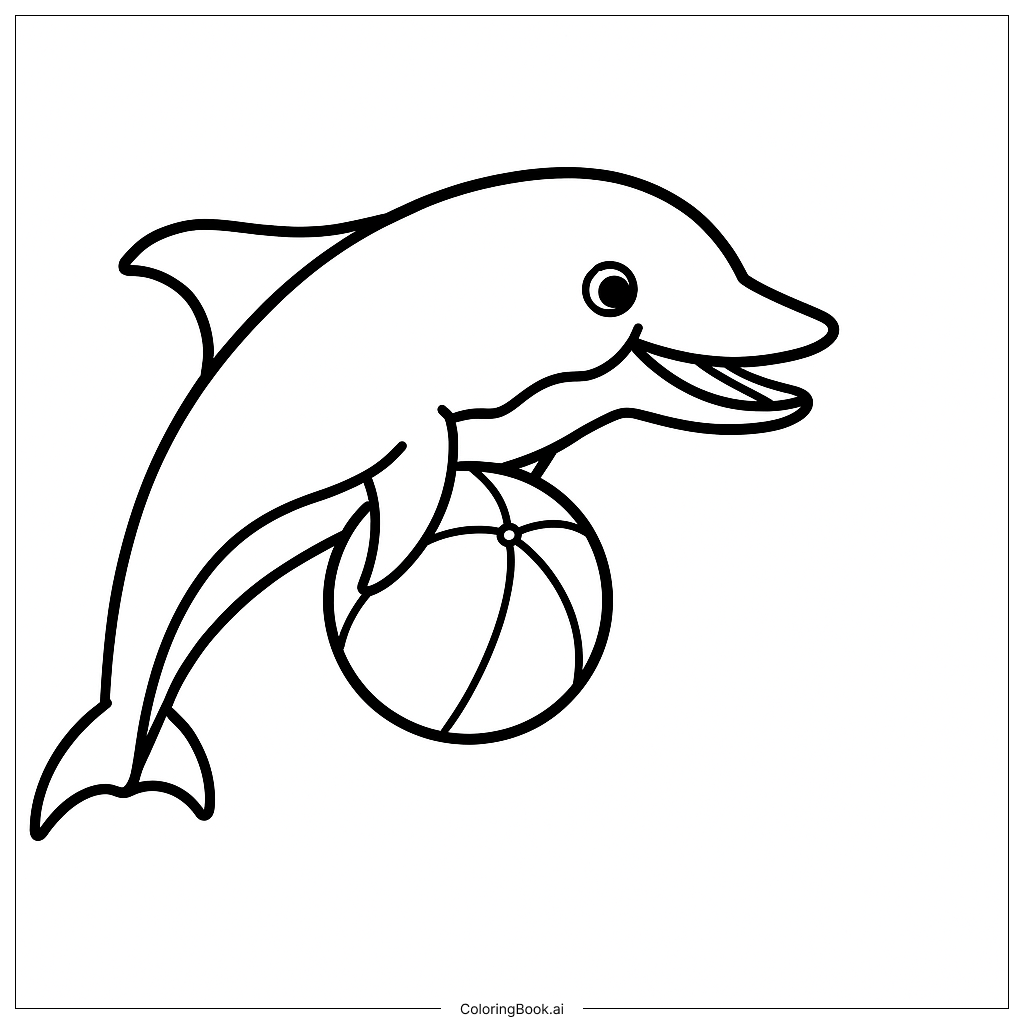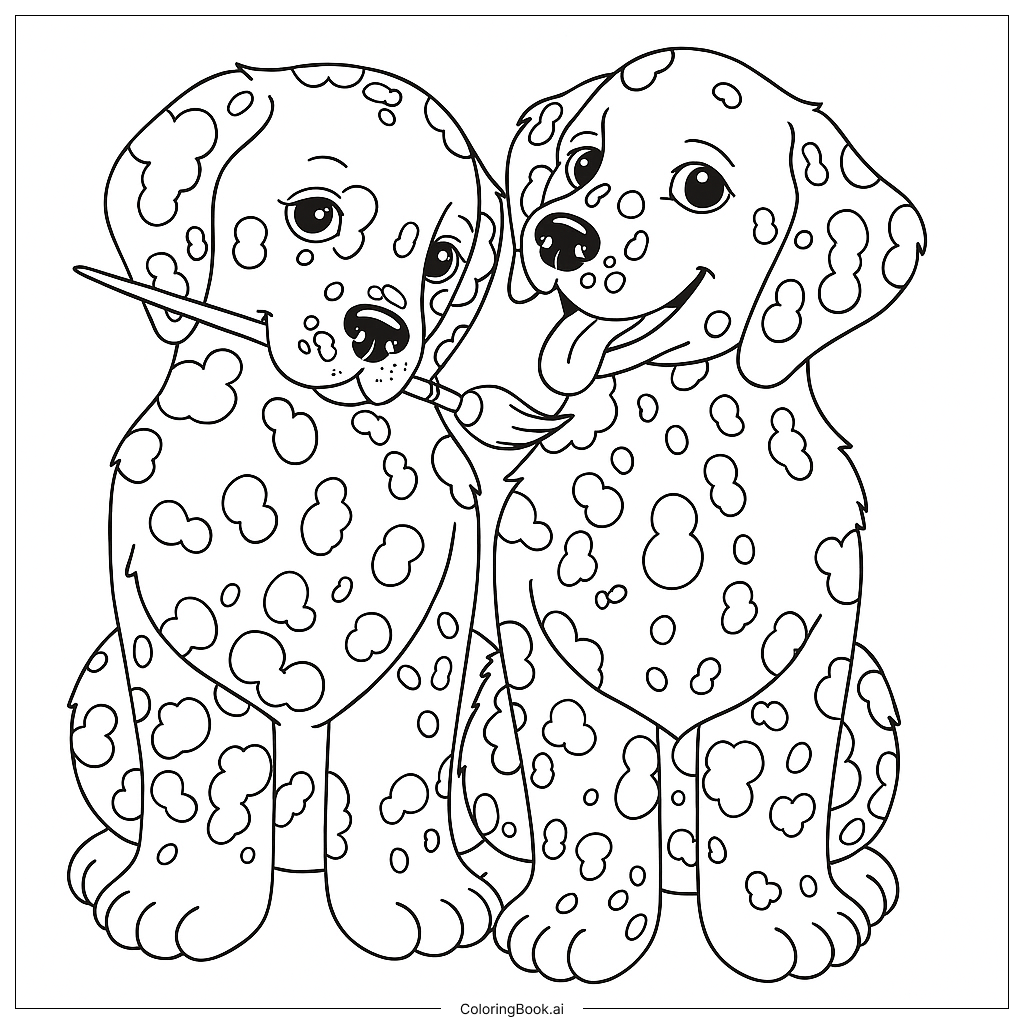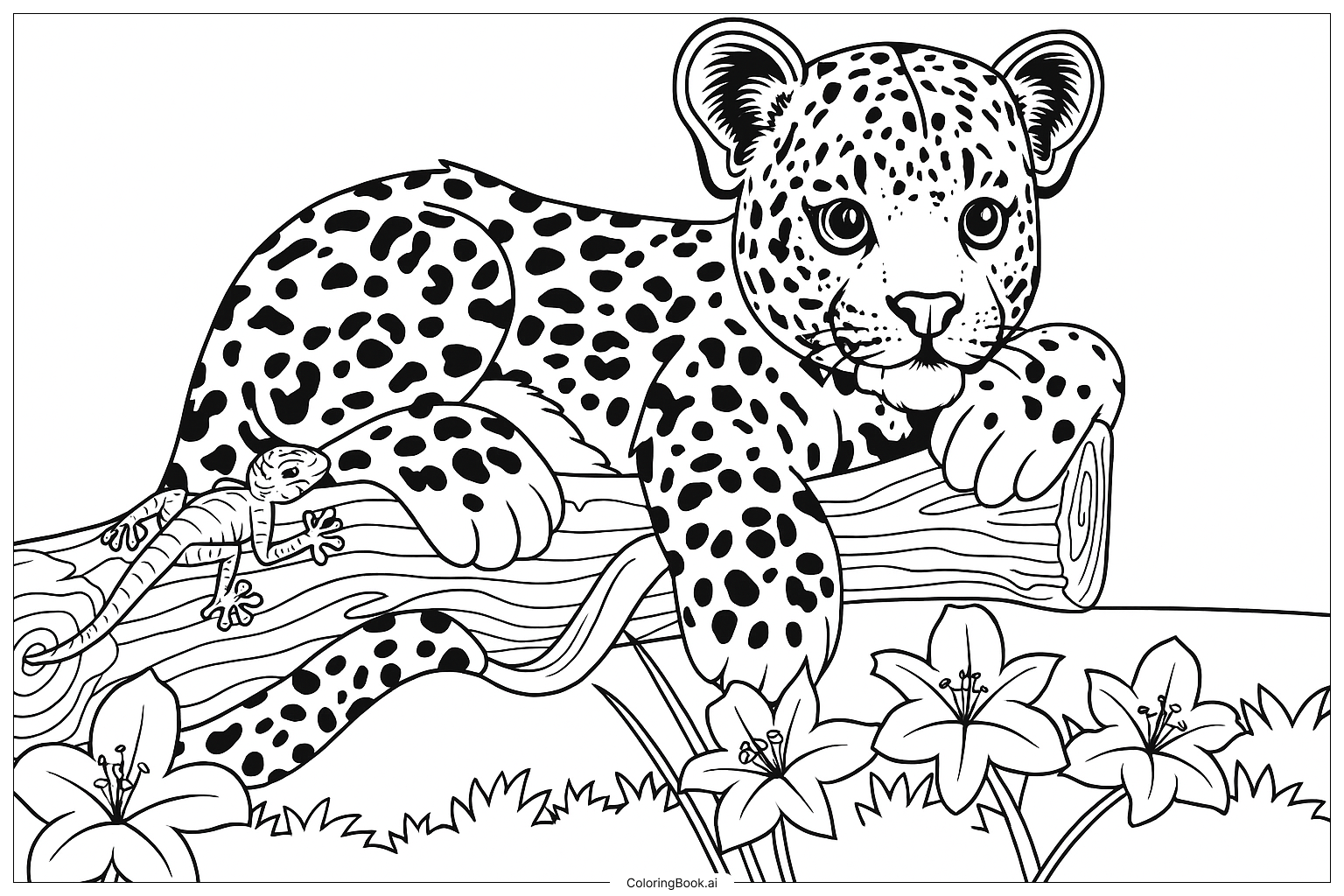Coloring tips: How to color A Dalmata Dog With Colorful Dots coloring page well?
Try using bright and different colors for the spots on the dog to make it exciting and lively. You can color the dog's tongue a soft pink and use shades of white, gray, or light brown for the dog's base fur to keep it natural. Don't be afraid to mix colors for each spot to create a rainbow effect. Use a fine tip color pencil or marker to color inside the small spots carefully. You can also add a light blue or green background to make the dog stand out more.
Coloring challenges: Which parts are difficult to color and need attention for A Dalmata Dog With Colorful Dots coloring page?
1. Spot Details: The many varying shapes and sizes of spots might be tricky to color without going outside the lines, especially for younger children. 2. Color Choices: Choosing which colors to use for the spots can be difficult because there are so many spots to color, and kids might want to use many colors but need to ensure they look good together. 3. Small Areas: Some spots and facial features are small and require fine motor skills to color carefully. 4. Keeping the Dog's Face Natural: While the spots can be colorful, keeping the dog’s face colors balanced and not too overwhelming can be a challenge. 5. Consistency: Ensuring even coloring inside all the spots without patches or uneven colors requires patience and concentration.
Benefits of coloring books: Advantages of drawing A Dalmata Dog With Colorful Dots coloring page
Coloring this Dalmatian dog helps children improve their fine motor skills by carefully coloring within the lines, especially with the many spots. It encourages creativity in choosing colors and mixing different shades. It also helps with concentration and patience, as kids focus on coloring the small and big areas neatly. Coloring a friendly dog image can bring joy and reduce stress, promoting calmness and happiness. Lastly, it introduces kids to animal breeds and inspires a love for pets and nature.




